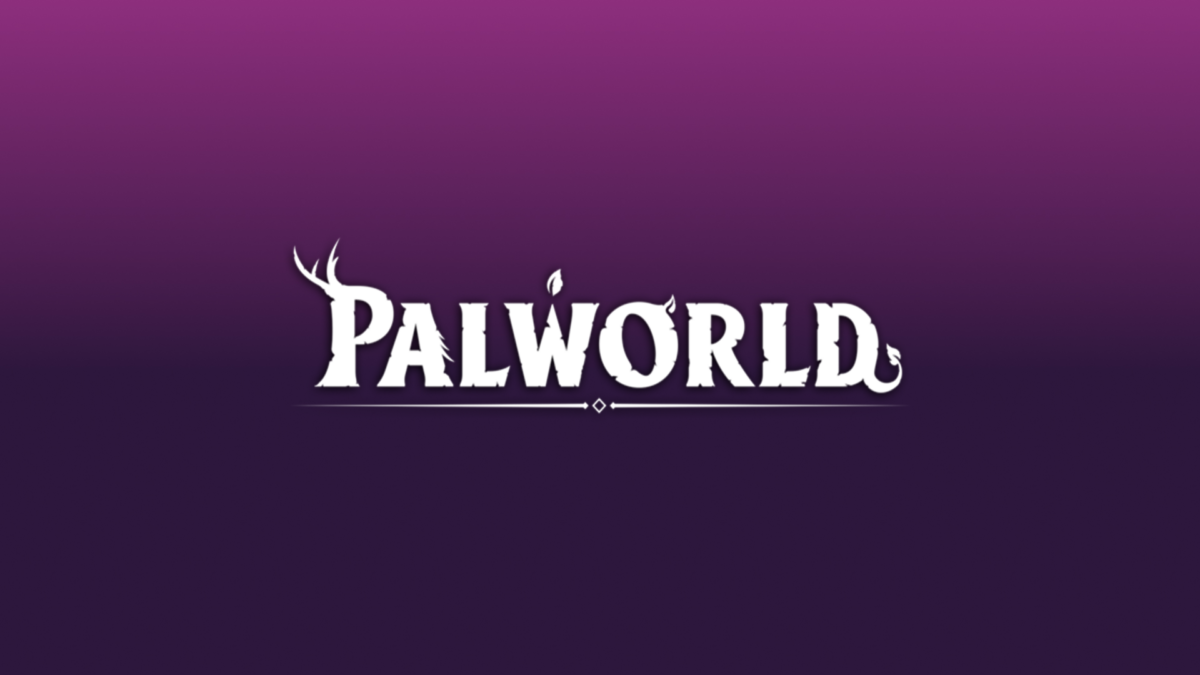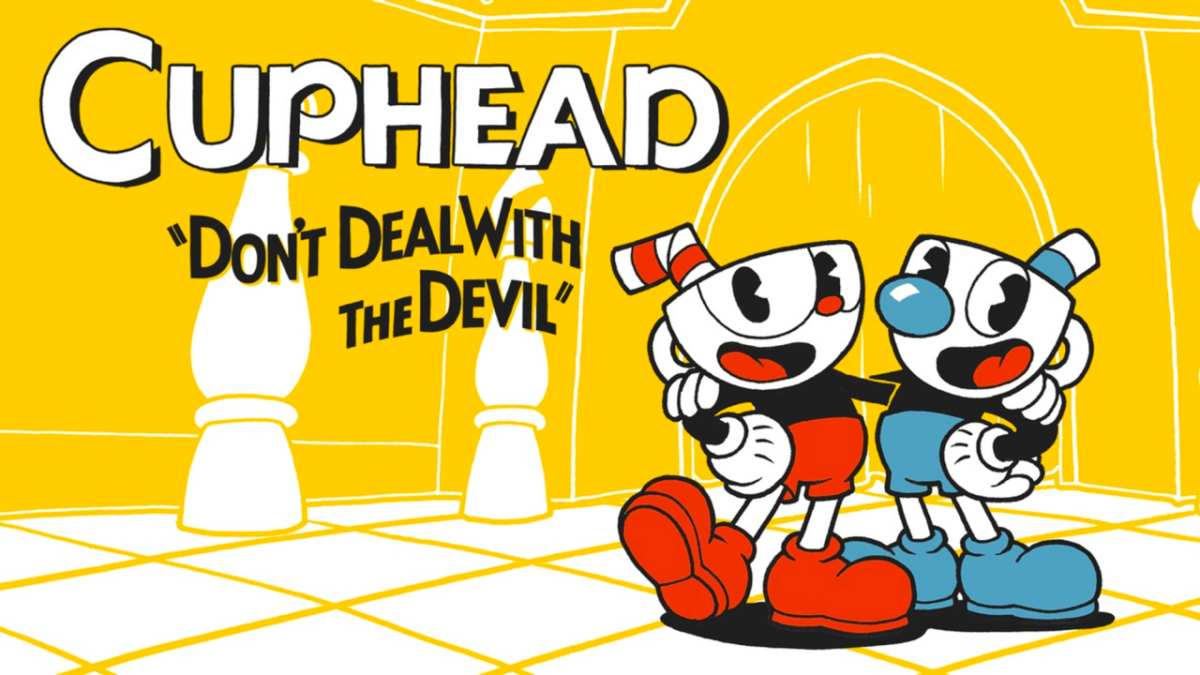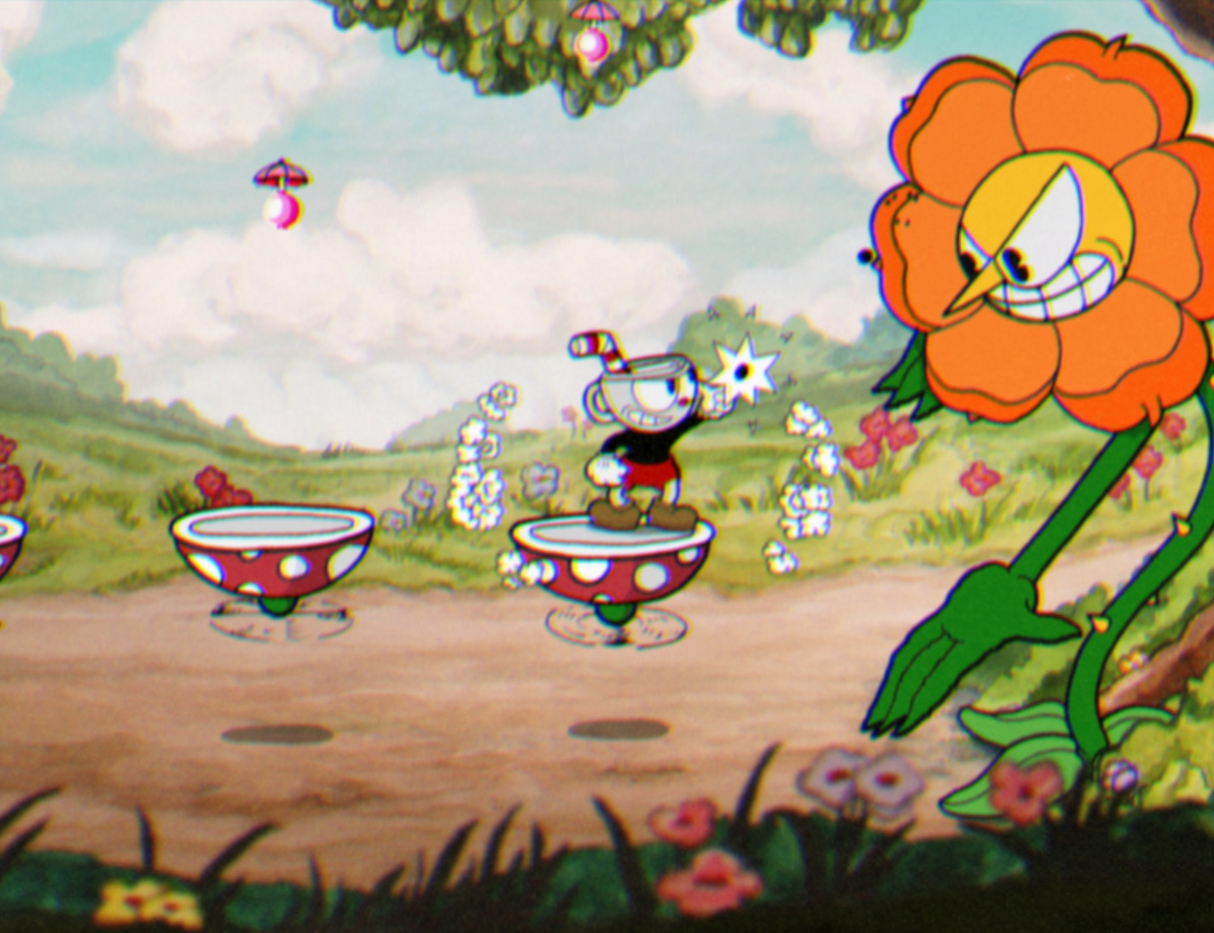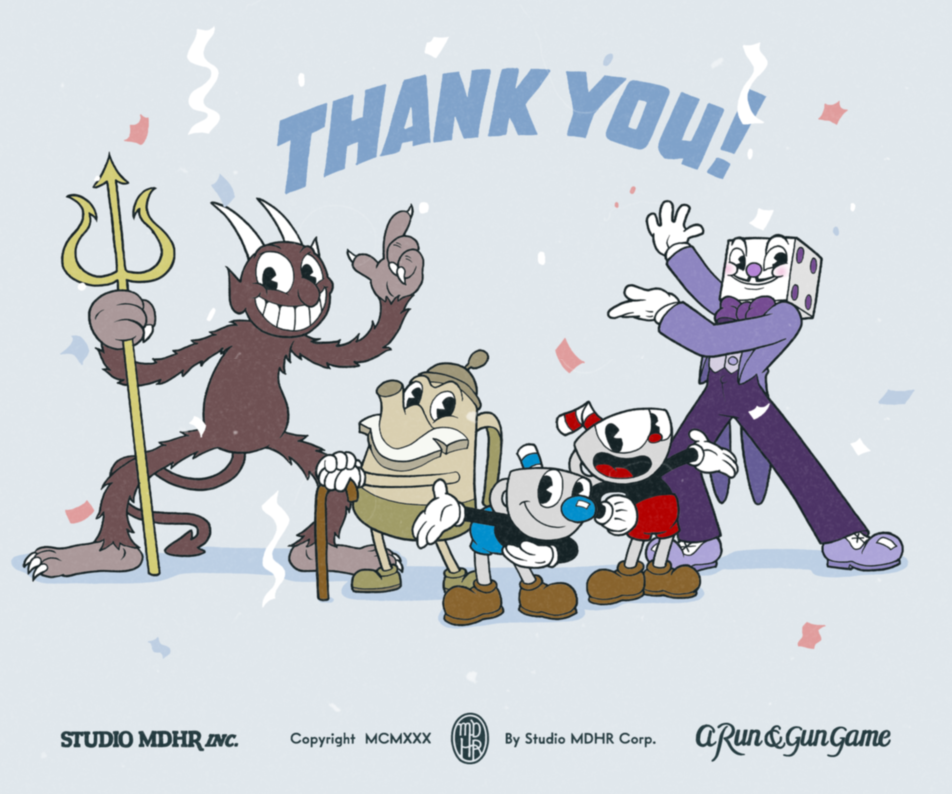Palworld’s Winning Marketing Strategy: A Blueprint for Success
In a digital landscape saturated with countless video games vying for attention, standing out is no small feat. Enter Palworld the game that has taken the industry by storm as the “Pokémon with weapons.” Thanks to Palworld’s marketing strategy, it has sold over 8 million copies and became the second most-downloaded title ever on Steam upon its release.
Pocketpair Studio’s creative and differentiated marketing strategies have set a new precedent for capturing the hearts of gamers. Today, we will get into the innovative approaches that powered Palworld’s journey to success, showcasing key components of how to create a winning game marketing strategy on a tight budget.
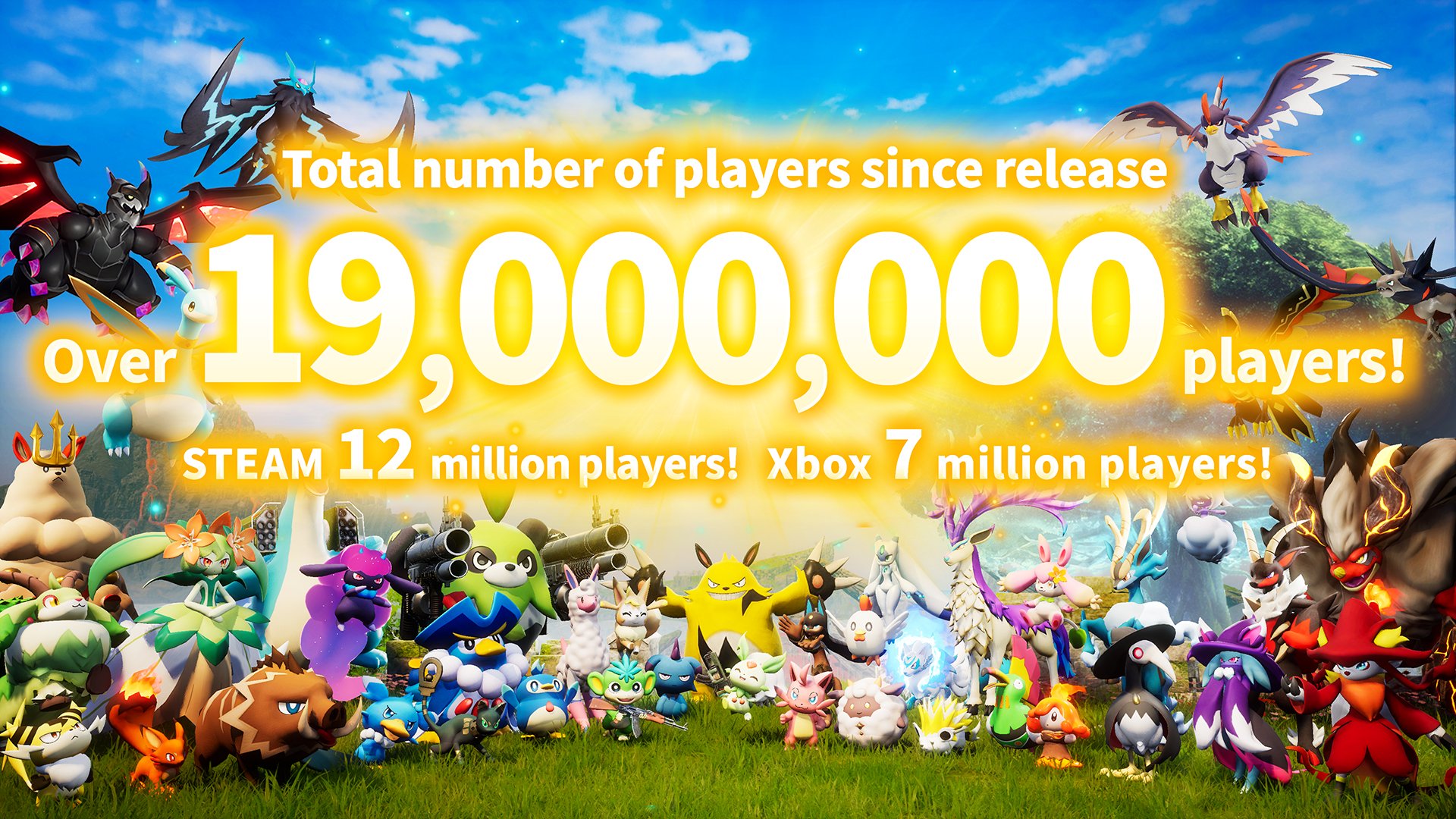
How Palworld Dominated the Digital Space
Palworld’s marketing strategy emphasized differentiation by reimagining familiar elements in new and special ways. It’s no secret that Palworld is heavily inspired by Pokémon and its own community when developing the game’s core gameplay value.
This strategy really hit the mark by developing a unique value that resonated with the intended audience, highlighting the importance of standing out in your marketing efforts. The game managed to appeal to a wide range of players by offering a variety of gameplay options, effectively catering to diverse preferences.
After much research, we found the most simple, and yet the most effective tools that the studio used to empower their game marketing strategy.
Meeting Gamer Needs Beyond Pokémon
Palworld’s triumph clearly indicates the importance of understanding your audience’s unmet needs and crafting marketing strategies that resonate with them.
Pocket Pair’s meticulous study of the open-world, action RPG genre’s competition and community feedback led them to identify a gap left by the market leader, Pokémon. This insight was pivotal in developing Palworld’s marketing strategies.
By addressing long-standing requests for improved performance and consistent content updates, Palworld positioned itself as a high-quality alternative to Pokémon. Palworld use of marketing strategy was not about competing on sales figures but fulfilling gamers’ desires for a more optimized and engaging open-world experience.
Speaking of consumer demand, we wrote a dedicated blog on how to study consumer behaviour. Don’t hesitate to check it out.

Pocketpair capitalized on the trend toward farming genres, RPG, and shooters while adding unique elements that broadened its appeal. This diversification in gameplay options was not just a product feature but a core part of their marketing strategies, designed to attract a wider audience and increase engagement.
Below shows the top genres that are leading the gaming industry, compared to the genres that are most active through player activity. When comparing the data, its clear to see that the most engaged and dedicated gamers participate in farmer, RPG, and shooting genres which Palworld’s gameplay is surrounded by.
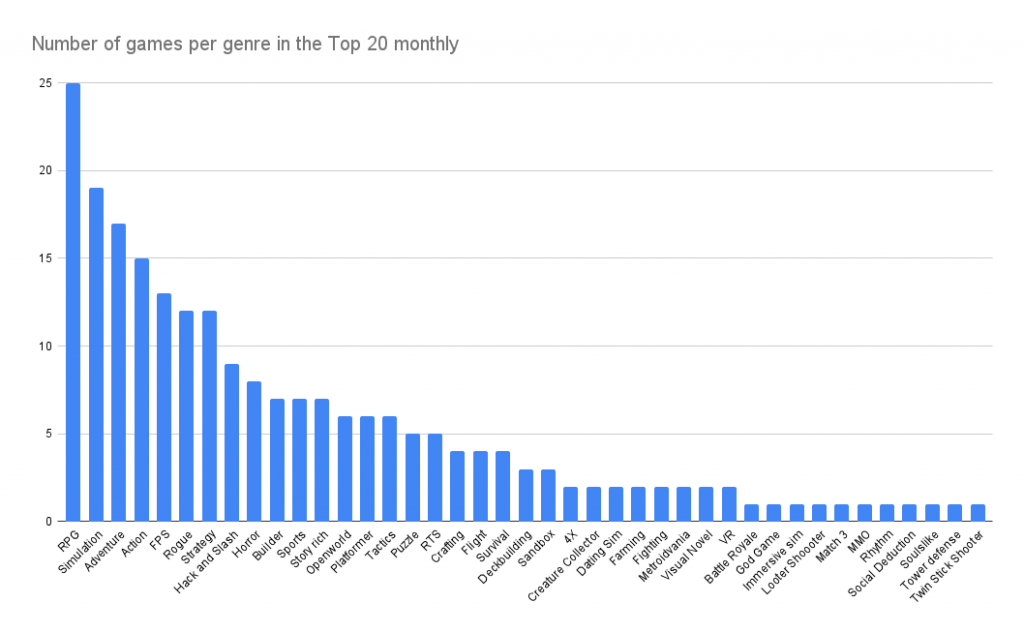
Graph – Source: How To Market a Game.
From Concept to 8+ Million Downloads
The game’s success isn’t due to aggressive marketing blitzes or overwhelming ad campaigns seen across the internet. Instead, Pocketpair blends beloved franchise creatures with a darker, battle-ready twist, sparking interest among gamers naturally.
Palworld’s bold take on creature capture, featuring shooting and “eliminating” pals, intrigued and shocked gamers. This contrasts sharply with Pokémon’s family-friendly, battle-and-befriend approach.
The edgier, mature theme, combined with word-of-mouth and strategic online promotion, quickly amplified its appeal. This set it apart in the gaming world. The game’s provocative concept captivated the gaming community and drew attention from critics and industry giants.
This showcased the power of innovative content and community-driven marketing. Despite starting with ten employees and facing challenges, Pocketpair focused on creating a genuinely engaging game like Palworld.
Their transparent communication fostered an organic buzz. The team had very little budget for marketing, relying on “good old-fashioned word of mouth.”
Pocketpair was confident in their special game, believing gamers would love it. They focused on building a product that resonated with and excited their target audience. They just needed to let people know it existed.

Breaking Down Palworld’s Successful Game Marketing Strategy
Palworld’s marketing strategy excels in fan communication through social media. By keeping it real and treating players like part of the team, Pocketpair Studio has demonstrated the importance of listening and engaging with gamers. Using platforms like social media, forums, and Discord, they’ve shown how crucial it is to foster genuine connections with the gaming community.
- Palworld’s Twitter following skyrocketed by 1,549.9% in the past month, reaching a total of 407,000 followers.
Speaking of Discord, Pocketpair created an inviting community by releasing open-betas to their private server for free while listening to fans play the game on voice channels. They would study their behaviour, while addressing bugs and comments made by fans.
- The Discord community for Palworld has seen explosive growth, now boasting 335,238 members and featuring dozens of active voice channels for collaborative gameplay.
This approach isn’t just about improving the game with everyone’s input; it’s also about building a strong, tight-knit community which built a longterm trust between the studio and the gaming community.
They’ve nailed just how to talk to gamers differently across various platforms in such a laid-back fashion. As the saying goes: “sometimes less, is more.” Pushing your community to “pre-order now!” comes off as promotional and formal which does not attract gamers.
When on your way to making your game a blockbuster hit, remember that listening to your audience.
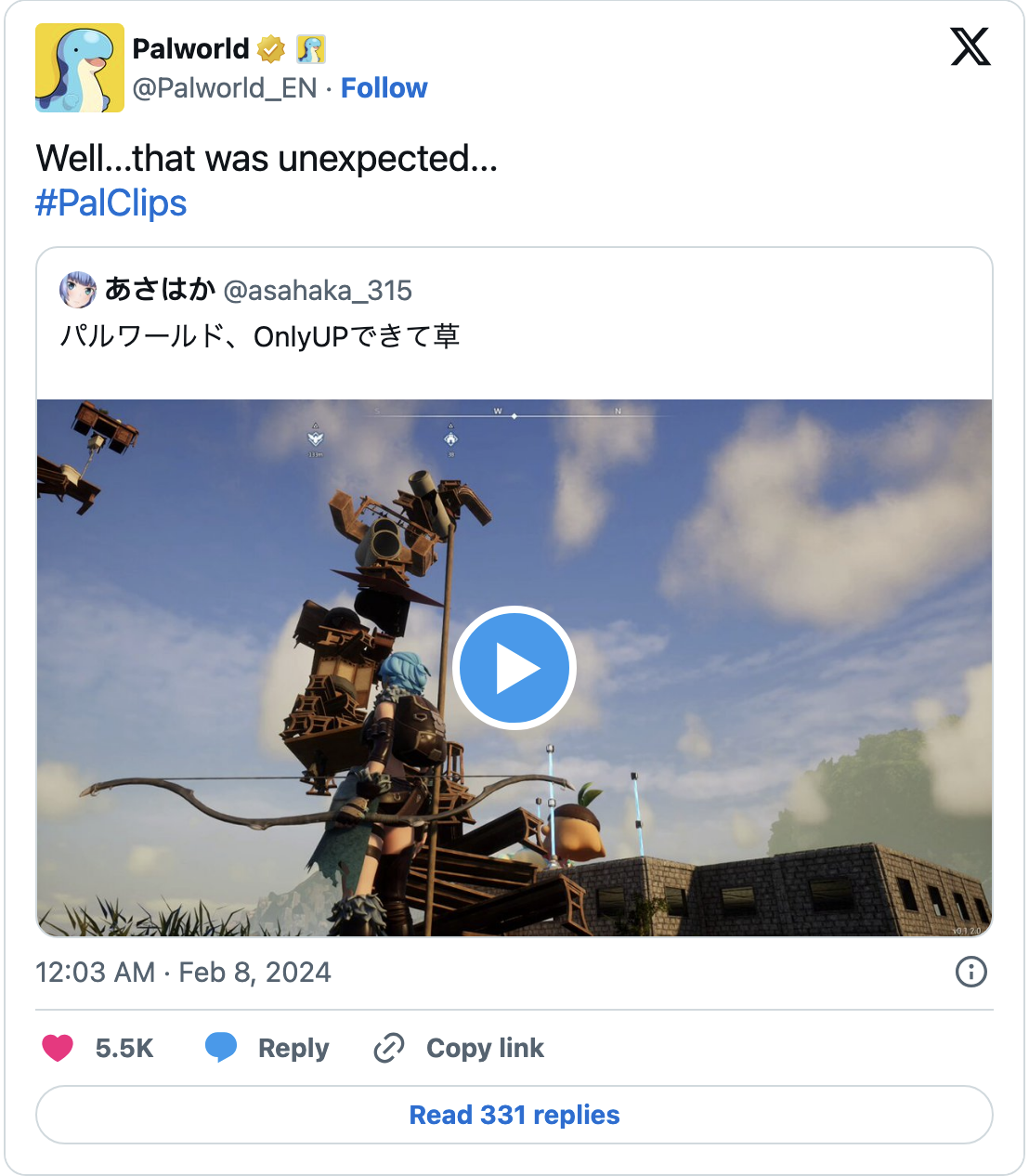
Innovative Game Marketing Strategies that Redefine Success
Palworld’s success in the gaming industry is a powerful reminder that a deep wallet isn’t necessary to make a significant impact. Instead, inspiration, smart strategies, and a standout project are key.
By understanding what gamers wanted and offering a fresh spin on the familiar, Pocketpair Studio achieved remarkable success with Palworld. Their approach involved listening to their audience, sparking conversations, and maintaining authenticity with the community.
This innovative marketing strategy made Palworld an overnight sensation. It also set a new standard for game marketing on a tight budget. It’s a solid reminder for game creators everywhere. Even in a market dominated by giants, there’s ample opportunity for innovative brands to shine.
